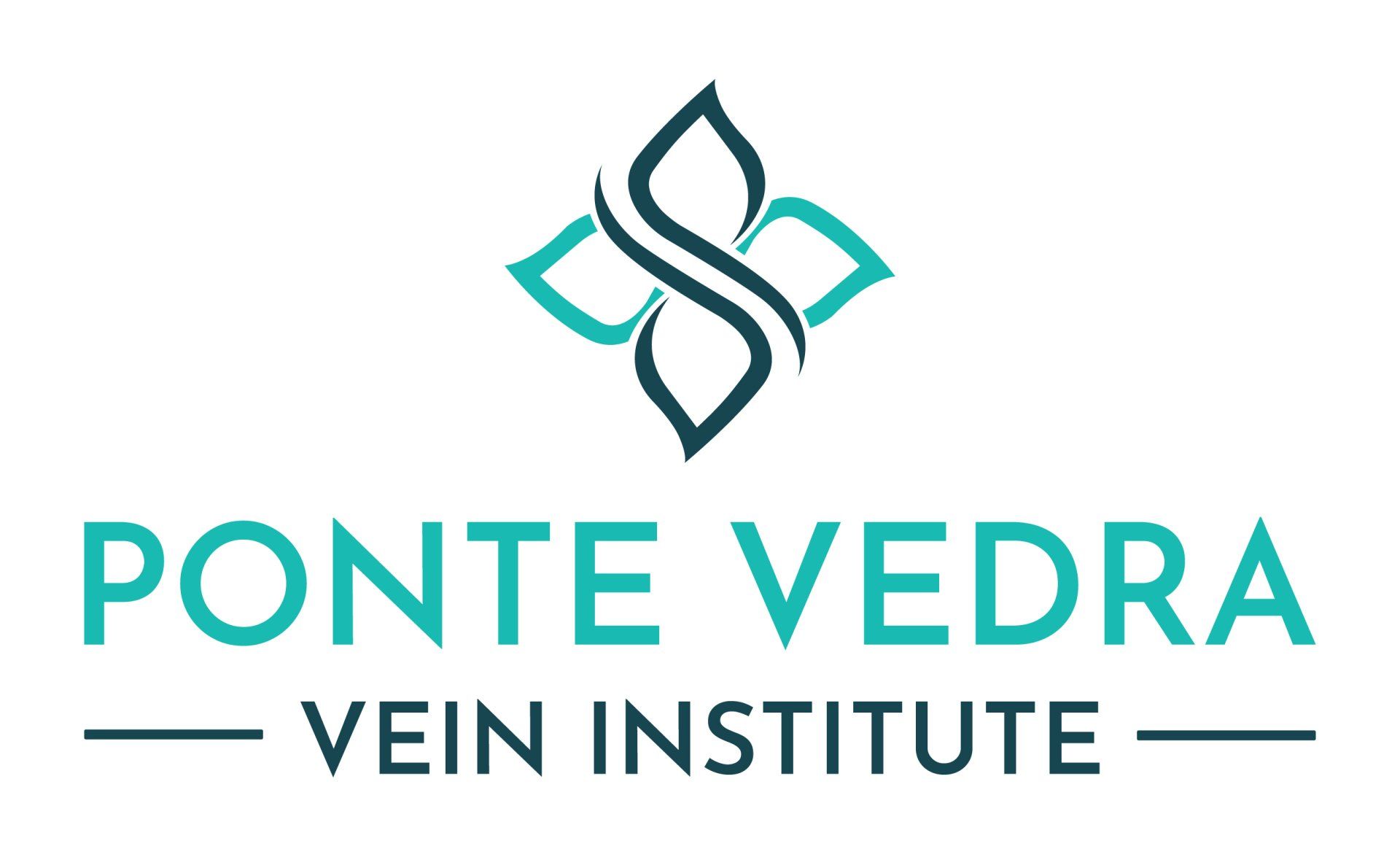LYMPHEDEMA & VENOUS ULCER TREATMENT
in Jacksonville, FL
LYMPHEDEMA | JACKSONVILLE, FL & PONTE VEDRA, FL
Safe and Effective
VEIN Treatment
If you’re looking for fast, effective venous ulcer treatment, look no further than Ponte Vedra Vein Institute. look no further than Ponte Vedra Vein Institute. Our fellowship-trained vein physician will work with you to create a wound care treatment plan that fits your unique needs and goals.
What is Lymphedema?
Lymphedema is a condition that results when the lymphatic system is not working properly. Healthy lymph nodes are responsible for draining fluid and waste products from tissues throughout the body. When it does not function properly, fluid can build up in the tissues, leading to swelling. Lymphedema can occur in any part of the body but is most common in the arms and legs. It can cause a great deal of discomfort and may lead to other health problems. Treatment for lymphedema includes compression therapy and manual lymph drainage to improve fluid flow.
Causes of Lymphedema
The volume of lymph produced in the body is 20 times that of the blood. Lymphedema occurs when lymphatic vessels grow too large to be drained by normal drainage mechanisms.
There are many different factors that increase the risk for lymphedema, including cancer treatments involving radiation therapy, infections, and genetics.
In some cases, it can be caused by an injury to the lymph system. For example, surgery to remove a tumor or damaged soft tissue can affect lymph flow.
- Aging
- Obesity
- Rheumatoid or psoriatic arthritis
- Cancer cells blocking lymph vessels
- Radiation treatments
- Infections
- Genetics
- Injury to lymph nodes resulting from cancer surgery
- Parasites
Lymphedema Symptoms
Patients with lymphedema experience swelling, usually in the arms or legs, but it can also occur in other parts of the body.
Depending on the drainage of lymph fluid, swelling may be mild or severe, and it may cause discomfort or pain. Other symptoms of lymphedema may include a feeling of heaviness or tightness in the affected area, difficulty moving the affected limb, and a reduced ability to exercise.
If left untreated, lymphedema can lead to infection and other health problems.
SYMPTOMS THAT MAY INDICATE YOU HAVE Lymphedema INCLUDE:
- Swelling In The Arms, Legs, Or Feet
- A Feeling Of Heaviness In The Arms Or Legs
- Difficulty Moving Your Arms Or Legs
VENOUS ULCER TREATMENT | JACKSONVILLE, FL & PONTE VEDRA, FL
Safe and Effective
VEIN Treatment
If you’re looking for a fast, effective venous ulcer treatment, look no further than Ponte Vedra Vein Institute. Our fellowship-trained vein physician will work with you to create a wound care treatment plan that fits your unique needs and goals.
What is a Venous Ulcer?
Venous ulcers, also known as venous stasis ulcers, are open wounds that form on the skin due to poor blood circulation. They are a common complication of chronic venous insufficiency, a condition in which the leg veins have difficulty returning blood to the heart, associated with venous hypertension.
Venous ulcers affect as many as 900,000 Americans and the incidence is increasing. The condition can lead to pain, swelling, inflammation, and open sores (ulcers). Fortunately, venous leg ulceration is treatable if caught in the early stages.
Causes of Venous Ulcers
The main cause of venous ulcers is damage to the valves in the veins. When the valves are damaged, blood flow slows and backs up in the veins.
This increased pressure can affect the skin and create an open sore.
Venous ulcers often appear on the inside of the ankle or on the back of the calf, but they can also occur on other parts of the body where blood flow is slow, such as on the heel, inside of the knee, or on the top part of the foot.
There are several risk factors that can expose a person to developing chronic leg ulcers, including:
- Chronic venous insufficiency
- Varicose veins
- Obesity
- High blood pressure and cholesterol
- Smoking
- Pregnancy
- Prolonged standing or sitting
If the venous ulcer is not treated, it will continue to get worse and could potentially lead to poor wound healing or even amputation. However, with early diagnosis and treatment, the majority of venous ulcers can be healed.
Symptoms that may indicate you have or are at risk of developing a venous ulcer INCLUDE:
- Swelling In The Leg
- Aching Or Cramping In The Leg
- Open Sore With Drainage
- Burning Or Itching Sensation Around The Wound
- Discoloration Of The Skin Around The Wound (Red, Black, Or Blue)
If you experience any of these symptoms, it is important to seek medical attention as soon as possible to increase your chance of healing.
Contact Ponte Vedra Vein Institute today at 904-280-0600 or click the Schedule Appoinment button below.

